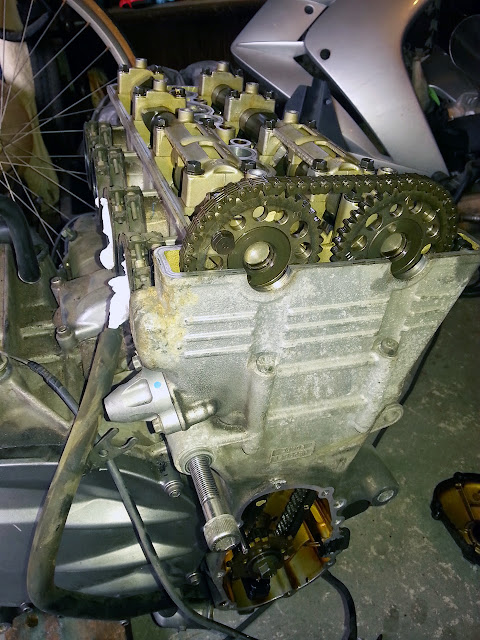I have oodles of 150 grit aluminum oxide 9" x 11" sandpaper. Is this too coarse for the the first pass, material removal phase?
The packaging defines this as "fine sandpaper". It refers to 220 grit as "extra fine".
https://gatorfinishing.com/product/multi-purpose-sanding-sheets-150-grit-5pk/
5 sheets $1.65
https://gatorfinishing.com/product/multi-purpose-sanding-sheets-220-grit-5pk/
https://gatorfinishing.com/product/step-3-premium-sanding-sheets-320-grit-3pk/
The packaging defines this as "fine sandpaper". It refers to 220 grit as "extra fine".
https://gatorfinishing.com/product/multi-purpose-sanding-sheets-150-grit-5pk/
5 sheets $1.65
https://gatorfinishing.com/product/multi-purpose-sanding-sheets-220-grit-5pk/
https://gatorfinishing.com/product/step-3-premium-sanding-sheets-320-grit-3pk/




